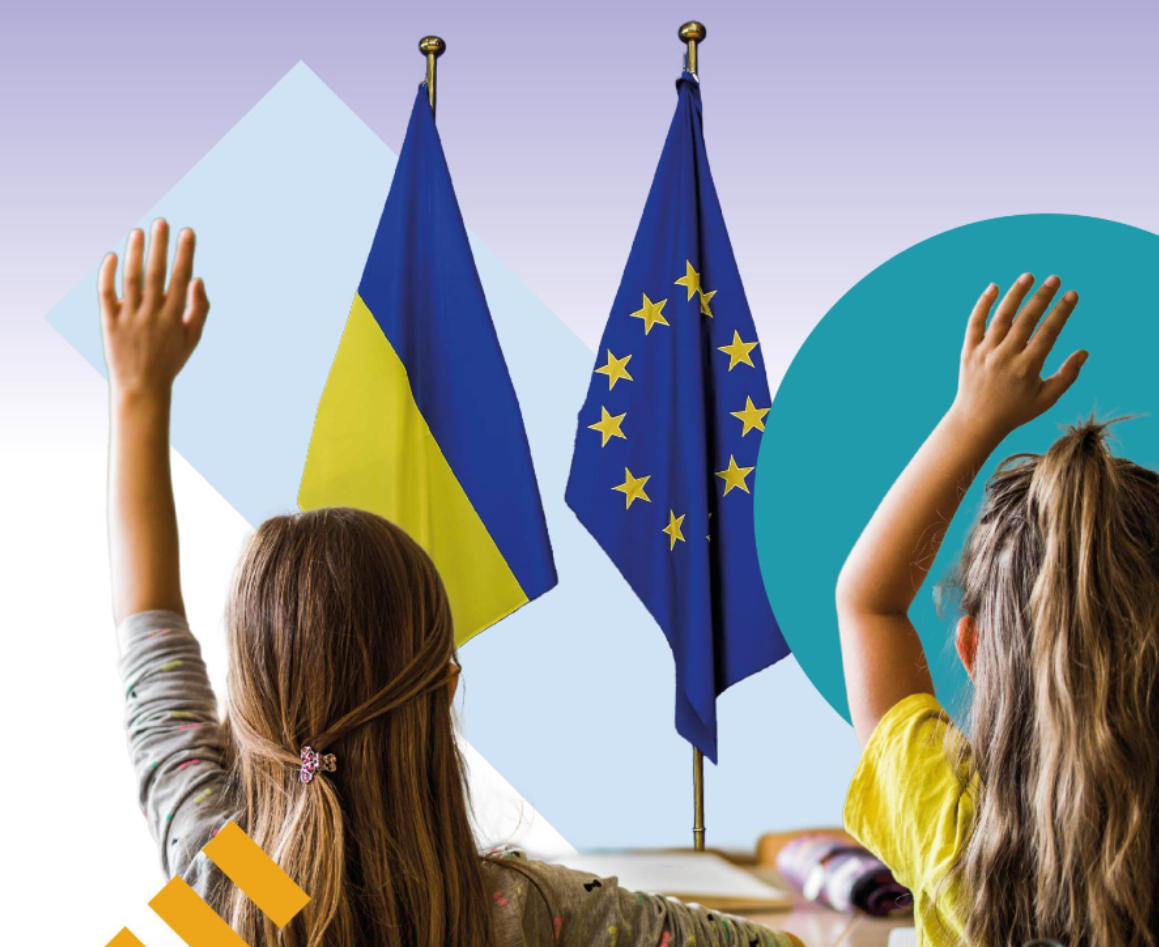Inclusion of displaced children from Ukraine: challenges persist
Published:
It is the end of the third school year impacted by the war in Ukraine, and across all levels and sectors of education in 23 EU Member States, such challenges as language barriers, issues related to well-being, and teacher shortages persist regarding the inclusion of displaced children from Ukraine. It is the reality despite the various efforts of European governments to mobilize support for students, families, teachers, and educational institutions. These and other findings are highlighted by the report ‘The inclusion of displaced children from Ukraine in EU education systems’ which has just been published by the European Commission, covering the school year of 2023-2024.
This report presents the results of the survey conducted by the European Commission among the education authorities of 23 EU Member States. The survey looked particularly into the attendance issues, support measures provided for teachers, students, and families, and cooperation with Ukraine for recognition of study periods abroad.
The survey has found that children from Ukraine are required to attend local schools in over half of the Member States, and more are preparing to introduce compulsory schooling in the future (e.g., Poland). All Member States have put in place certain measures to support teachers working with pupils from Ukraine, most commonly in the form of professional development and training, and by enabling the recruitment of additional staff, including from Ukraine. To facilitate students’ return to Ukraine, the majority of systems provide support for testing and documentation to attest to learning periods spent in the host country, and over half of the countries reported ongoing informal cooperation or formal agreements with Ukraine on the recognition of study periods and learning outcomes.
At the end of the third school year after the start of the war, the survey results indicate a shift in the perception of challenges: from providing immediate access to education to the newly arrived and dealing with capacity issues, to ensuring learning continuity, catering to pupils’ well-being, and preparing for their future return to Ukraine. In particular, the challenge of the ‘double-studying’ and impossible workload of students who follow both the host country education system and online Ukrainian school were highlighted. Addressing issues related to well-being, including trauma-sensitive teaching and ensuring the availability of qualified pedagogical staff working with students from Ukraine, remains imperative.
ETUCE regrets that the survey addressed only the education authorities and not education trade unions and Ukrainian families, as there are implementation gaps and funding deficits between what is provided ‘on the paper’ and what is implemented in reality. For example, the report published on the same day by the UNHCR (Regional MSNA Education Sector Analysis Group) based on the survey of the Ukrainian households in 7 European countries, underlines that a significant part of refugee children and youth from Ukraine remain out of school due to the possibility of online or remote education from Ukraine but also due to language barriers and lack of places in schools.
Find more details in the reports here:
‘The inclusion of displaced children from Ukraine in EU education systems’, European Commission
‘Education Of Refugee Children And Youth From Ukraine’, UNHCR